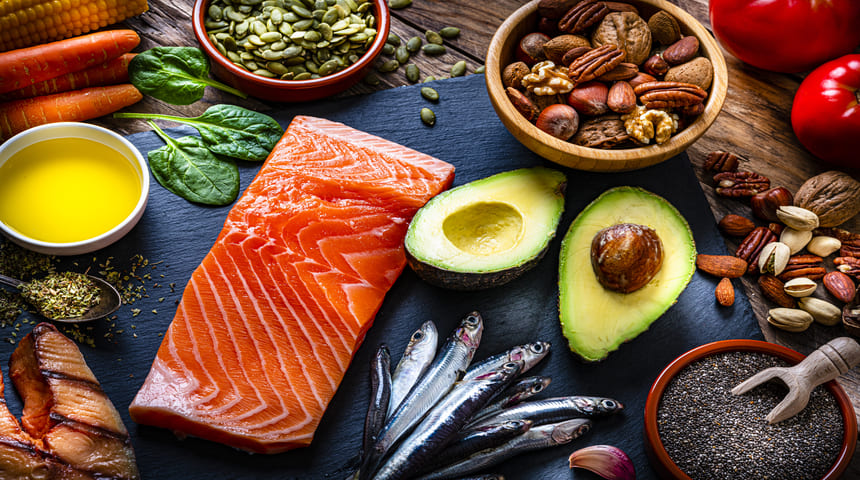When the holidays in full swing, it is incredibly important and necessary to be aware of what (and how much!) we eat. At office parties and get-togethers with both family and friends, there’s a wide range of traditional delicacies to pick and choose from, both healthy and not-so-healthy.
If you or someone you know is among the estimated 30+ million Americans currently living with and managing their way around diabetes, it can be difficult to navigate these kinds of social situations. While it is challenging, it is certainly not impossible.
Whether you are living with diabetes or have someone close to you who does, here are ways you can eat healthy and celebrate at the same time.
More Veggies, Less Sweets
-
Try to stick to your usual eating pattern(s).
-
Only go back for seconds if you’re still hungry. It should be less than your first plate.
-
No meal skipping or saving up carbohydrate intake for one big meal.
-
Remember many holiday side dishes are starchy (sweet potatoes, rolls), so share or eat a smaller amount of these dishes.
-
Eat low-carb side dishes (mashed cauliflower v. mashed potatoes).
-
Grazing (mindless eating) is more likely during gatherings. If you do graze, choose raw vegetables and moderate amounts of fruit.
-
Steamed and/or grilled vegetables are great choices.
-
Try to avoid cream-based dishes such as casseroles and some salad dressings.
Become a Sipper
-
Drink a glass of water before each meal or sip throughout the day.
-
Keep your portion control in check.
-
Choose the smaller plate size.
-
Eat more non-starchy vegetables.
-
Select non-sweetened beverages.
-
Moderate lean protein and low carbohydrates intake at each meal.
-
Do not stand or sit near food or pastries. You may be tempted.
-
Take a 20- to 30-minute walk with your family after your big meal.
Don’t Drink (Much)
Social gatherings with family and friends provide increased opportunities to drink alcohol. This can be challenging, but it is manageable.
The general recommendation for diabetics who choose to drink alcohol is one drink per day for women or two per day for men. And keep in mind that one drink is one 12-ounce beer, a 5-ounce glass of wine or 1.5 ounces of spirits.
Diabetics should stick to meal plans and remember the following:
-
Test blood glucose levels before drinking.
-
Sugar starches and yeast in alcohol will affect blood glucose levels.
-
Eat food when drinking to avoid hypoglycemia as the liver begins metabolizing the alcohol and stops balancing sugar output for energy needs.
-
Alcohol can decrease the effectiveness of your medications.
-
Because alcohol is a stimulant, it may affect your blood pressure.
-
Never drink and drive. The effects can be medically distressing to diabetics or cause injury or harm to yourself and others.
Choose to Stay in Touch
Sign up to receive the latest health news and trends, wellness & prevention tips, and much more from Orlando Health.
Sign Up





